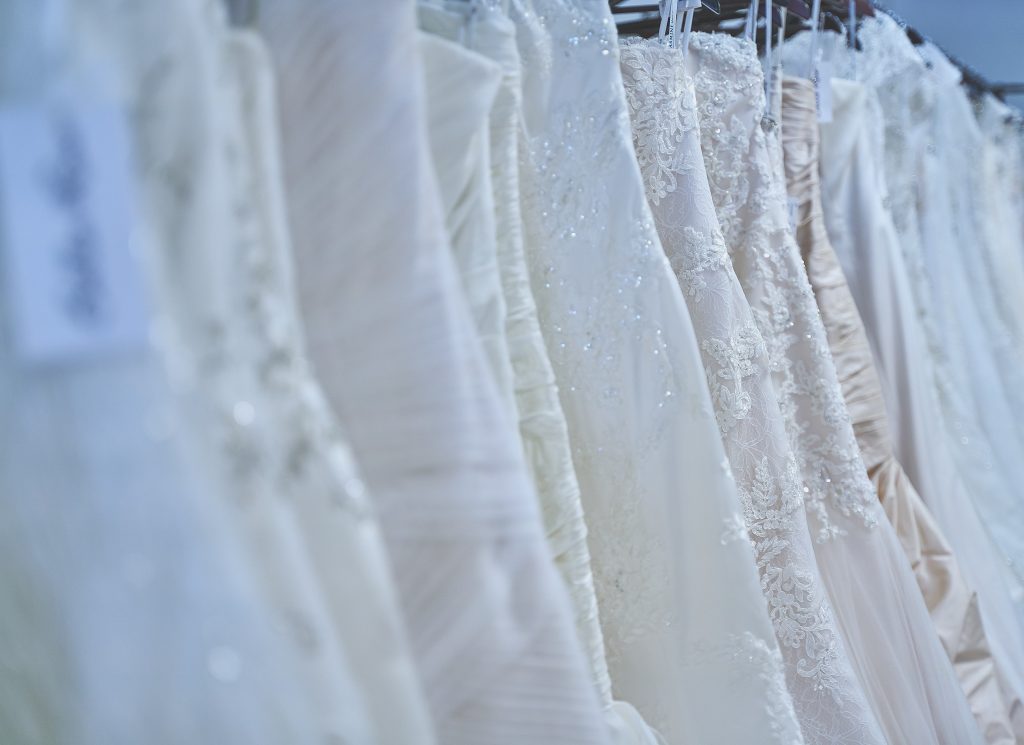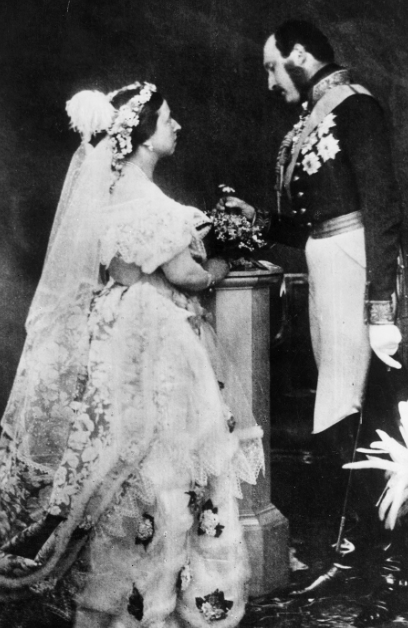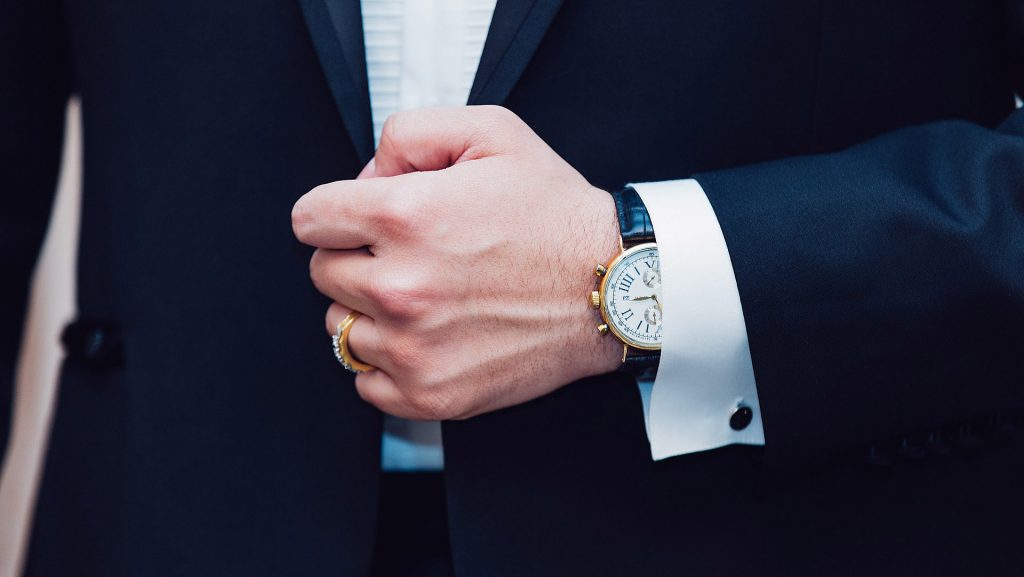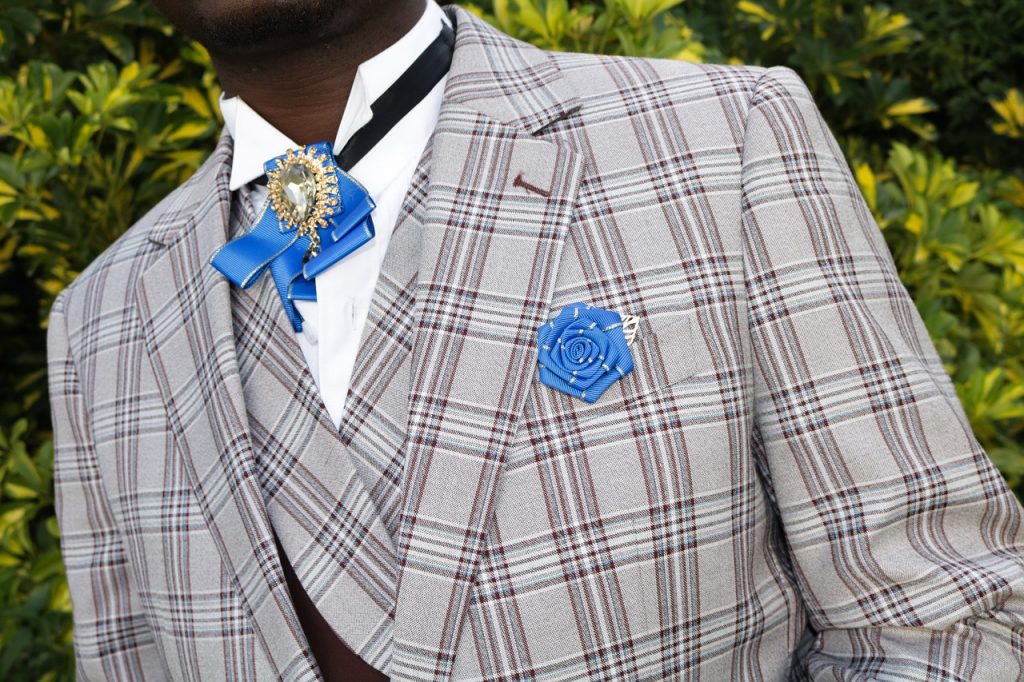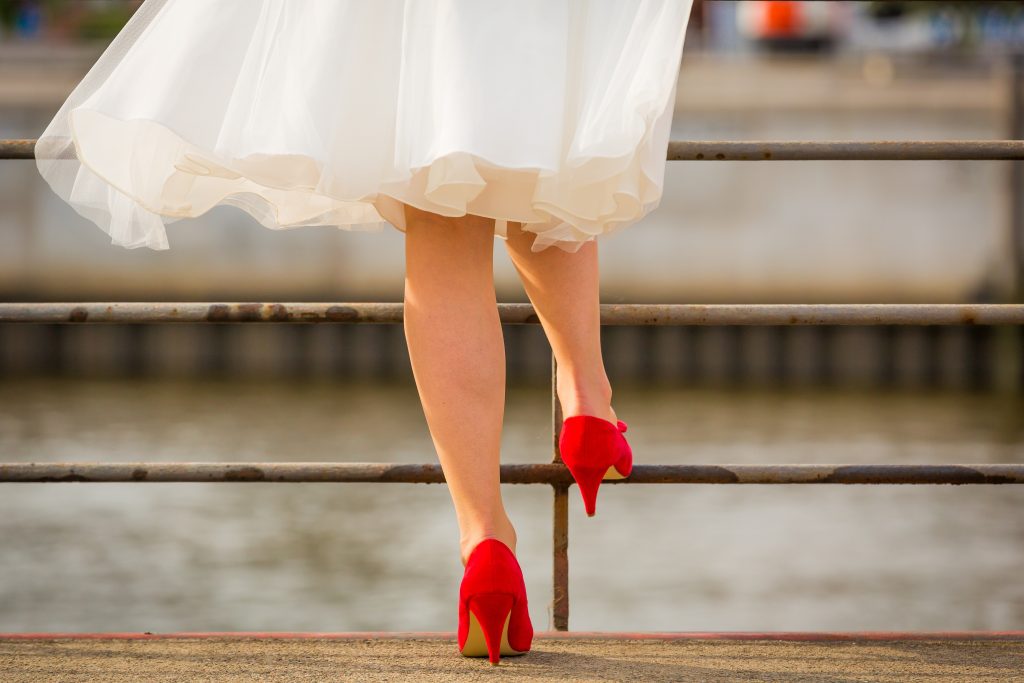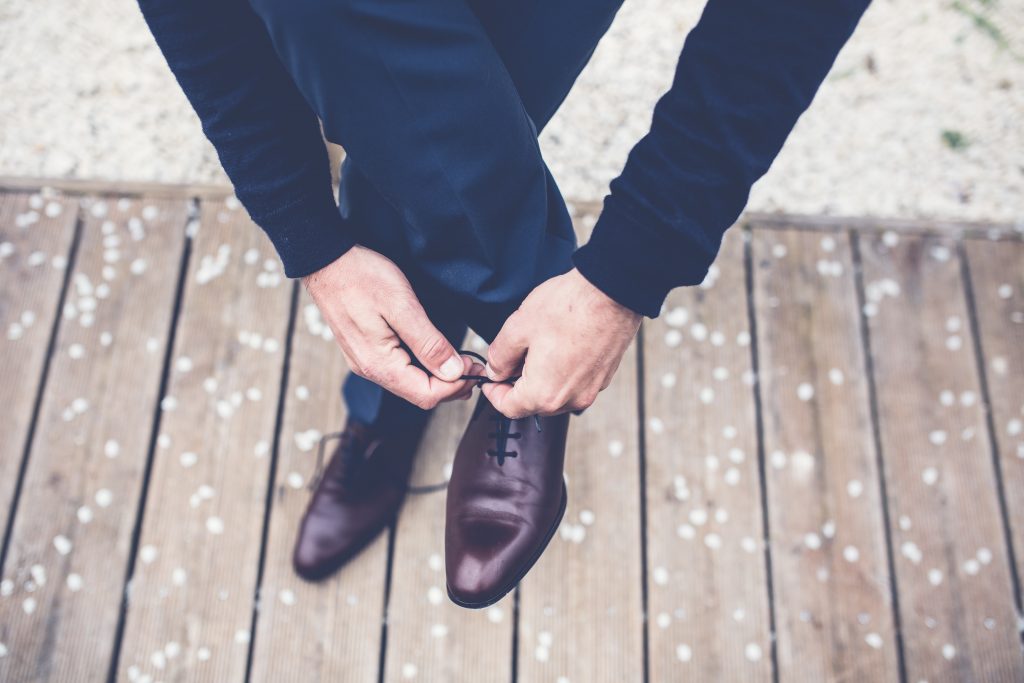First things first, don’t ever wear white to a Christian wedding. Besides this rule, all other colours and styles are fair game. Here are some guidelines from black tie to garden party weddings.
Black Tie
This is the most formal dress code you’ll be asked to comply with, and will most likely take place in the evening. Women have the option of wearing either floor-length gowns with high heels, or shorter cocktail dresses with heels as well. It’s best to keep it as formal as possible, so choose dressier fabrics and prints rather than something more casual side – like daytime florals.
Men absolutely have to wear a tuxedo – which means a classic black bow tie, a black vest, a black or white shirt and well-fitted suit pants and jacket. The option of a white jacket is also suitable, but shoes should always be neat and black.
Formal
This means one step down from black tie, but still fully within the parameters of being formal. Women could still wear either floor-length gowns or shorter cocktail dresses, but your choice of fabric will be a little less limiting. High heels are preferable.
Men still have the option of wearing a classic tuxedo, but could also go for a tie, rather than a bow tie, and lose the vest altogether. You could go with a dark coloured suit like grey or navy, instead of black, which means you have more options in terms of shoe colour as well.
Semi-Formal
What you choose to wear will depend greatly on the time of day the wedding is taking place. Darker colours are better for night, and lighter colours for day, but the rules are slightly more bendable for this one, so use your discretion.
Women have more freedom and can wear long dresses, cocktail dresses or dressy skirts/pants with a top. Men should still wear a proper suit, but quirky ties and bow ties are suitable, along with slightly more casual shoe and sock options.
Smart-Casual
This is where it gets confusing for some. Smart-casual is almost like semi-formal, but just a little more towards the casual side. Think along the lines of going out for a nice dinner, a first date or a launch party. Women can wear anything, as long as it’s still classy and smart, and high heels are optional.
Men don’t have to wear a tie, or a fancy suit for that matter. Keep in mind that it’s a formal event, and ‘smart’ is still the key word, so avoid shorts, t-shirts and anything with big branded prints. Instead, opt for chinos or suit pants, paired with a more casual buttoned shirt, and comfortable shoes. If done right, even a nice pair of (clean) sneakers work well with an otherwise more formal suit.
Garden Party
Instantly, you’ll be able to tell two things for sure – it will be outside on grass and will take place during the day, or late afternoon. This means your shoes will be a major part of the rest of your outfit. Women should opt for wedges or flats and avoid stilettos completely, unless you want to sink into the ground with every step. Men could go for more casual shoes, like brown leather or suede loafers, or dressy sneakers.
In terms of clothing, opt for linen, breathable cotton and lightly-coloured fabrics as it will most likely be hot outside – think light summer dresses for women, and linen pants paired with buttoned-down shirts for men.
Beach Soiree
Almost like a garden party, but without the shoes. Or, just make sure your shoes are suitable for walking on sand. Other than that, shorts are appropriate for men, but as always, keep in mind it’s still a wedding. It’s best to stay away from t-shirts and denim in general, so rather opt for linen or cotton. And although it says ‘beach’, it goes without saying that swimwear is a no-go.
Image: Unsplash


